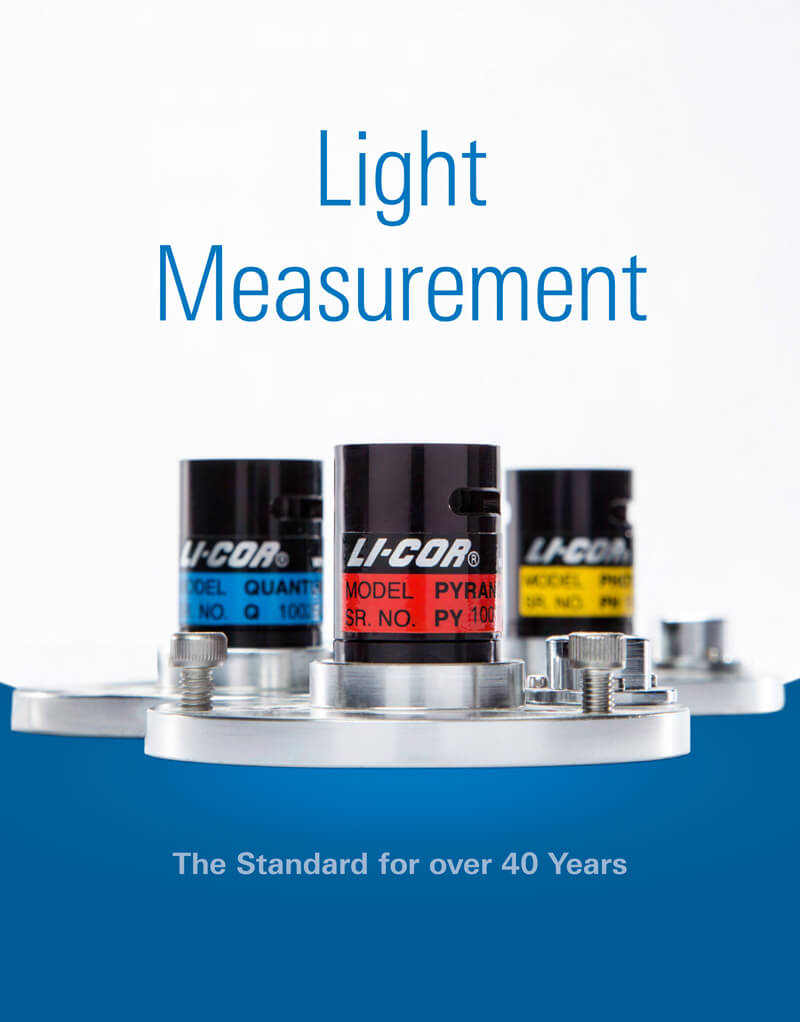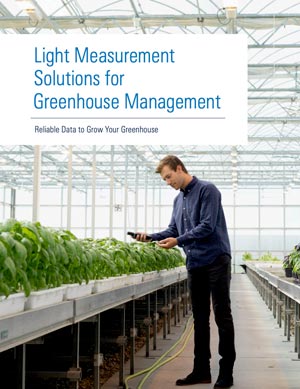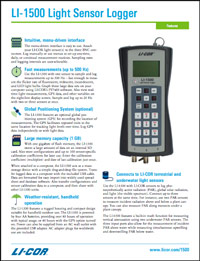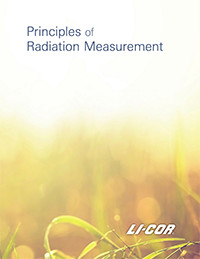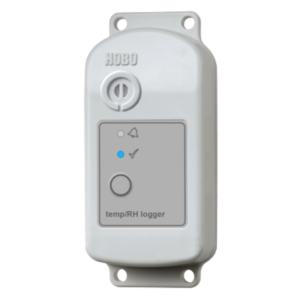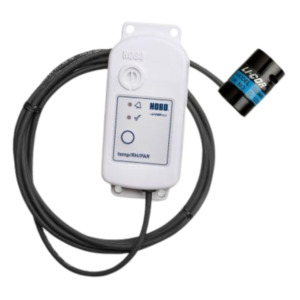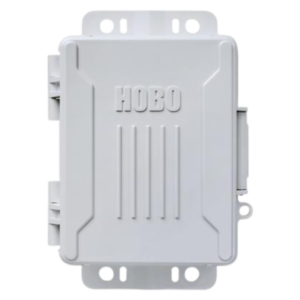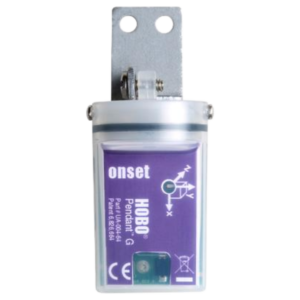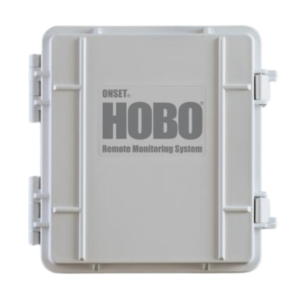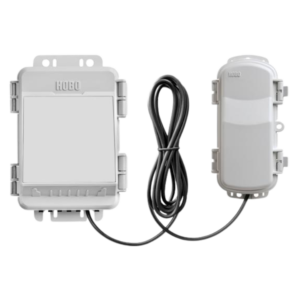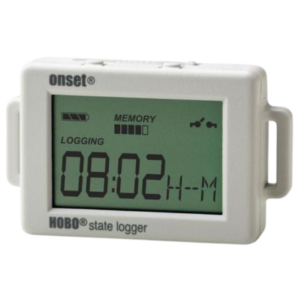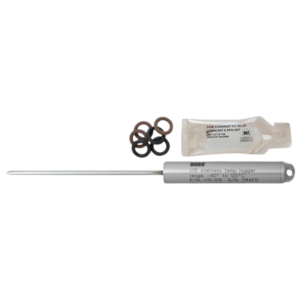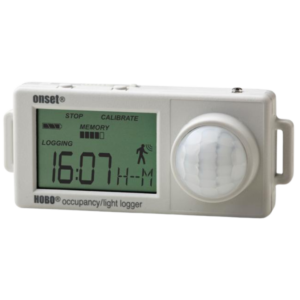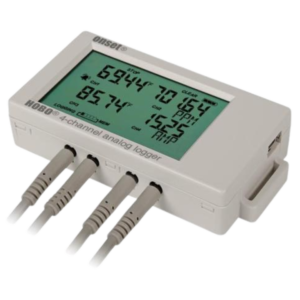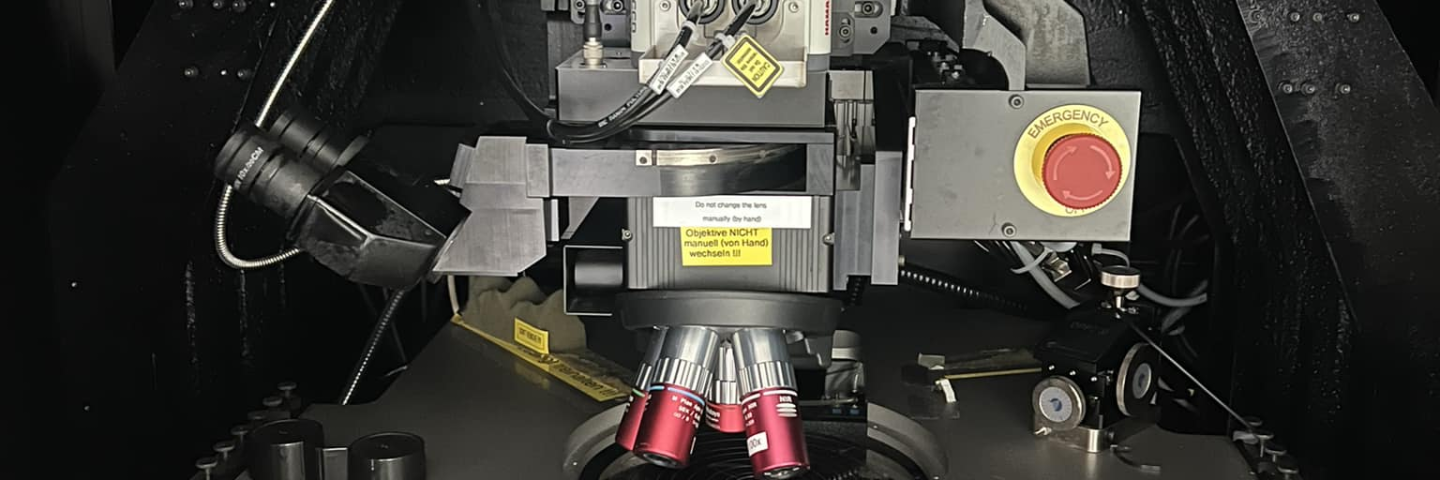Why choose the LI-191R
- Improved water resistance for long-term outdoor deployment
- Integrated measurements using a single detector prevents variance found in sensors that use multiple detectors
- Selected by the National Ecological Observatory Network (NEON®) for integrated PAR measurements
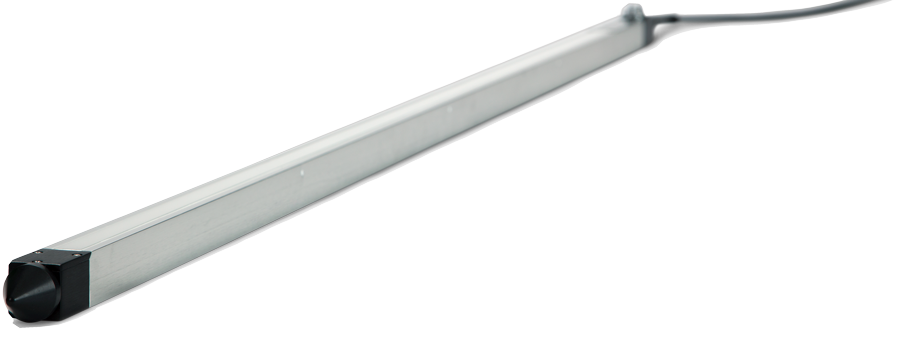
How does it work?
The LI-191R uses a 1-meter long quartz rod under a diffuser to direct light to a single filtered silicon photodiode. The entire LI-191R diffuser is sensitive to light over its 1-meter length. Since the diffuser is one continuous piece, the LI-191R essentially integrates an infinite number of points over its surface into a single value that represents light from the entire 1-meter length. Optical filters block radiation with wavelengths beyond 700 nm, which is critical for under-canopy measurements, where the ratio of infrared to visible light may be high. The unique design of the LI-191R provides an excellent quantum response that is close to the ideal quantum response.
LI-191R Specifications
- Absolute Calibration: ± 10% traceable to National Institute of Science and Technology (NIST). The LI-191 is calibrated via transfer calibration using a reference LI-190R Quantum Sensor. Transfer error is ± 5% (included in the ± 10%)
- Sensitivity: Typically 7 μA per 1,000 μmol s-1 m-2
- Linearity: Maximum deviation of 1% up to 10,000 μmol s-1 m-2
- Response Time: 10 μs
- Temperature Dependence: ± 0.15% per °C maximum
- Cosine Correction: Acrylic diffuser
- Azimuth: < ± 2% error over 360° at 45° elevation
- Operating Temperature Range: −40 °C to 65 °C
- Relative Humidity Range: 0% to 95% RH, Non-Condensing
- Sensitivity Variation over Length: ± 7% maximum using a 2.54 cm (1”) wide beam from an incandescent light source.
- Sensing Area: 1 m × 12.7 mm (39.4” × 0.50”)
- Detector: High stability silicon photovoltaic detector (blue enhanced)
- Sensor Housing: Weatherproof anodized aluminum housing with acrylic diffuser and stainless steel hardware.
- Size: 121.3 L × 2.54 W × 2.54 cm D (47.7” × 1.0” × 1.0”)
- Weight: 1.4 kg (3.0 lbs.)
- Cable Length: 3.1 m (10.0 ft.)



